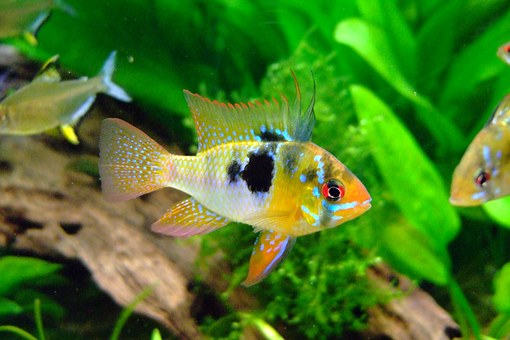
Summary of Blackwater Fish Needs
The term “blackwater” refers to soft, acidic water which is deep brown in color, like clear tea. The dark brown color is due to organic acids in the water. Many river systems of northern South America including the Rio Negro and the Orinoco have blackwater. Some streams and swamps in southeast Asia also have this blackwater. The topic of Blackwater is looked at in some depth in this article:
17.2.1. Blackwater Biotope
Contrary to popular mythology, blackwater fish like neons, discus, apistos, loaches and rams do not need soft, low pH water or perfect “water parameters”. Rather they need exceptionally clean, crystal clear, bacteria free water. This clear water typically can only be found in over filtered aquariums whose filters are greater than four months in operation.
The key for blackwater fish is to look down the length of the tank, through four or six feet of water. Are the ornaments and fish four feet away crystal clear and do they look like they are flying in air? Or is everything kind of “dull” and unclear? If it is “dull” there can be a problem.
This is a very long and boring article on blackwater and blackwater fish. It is only for real aquarium nerds like the author.
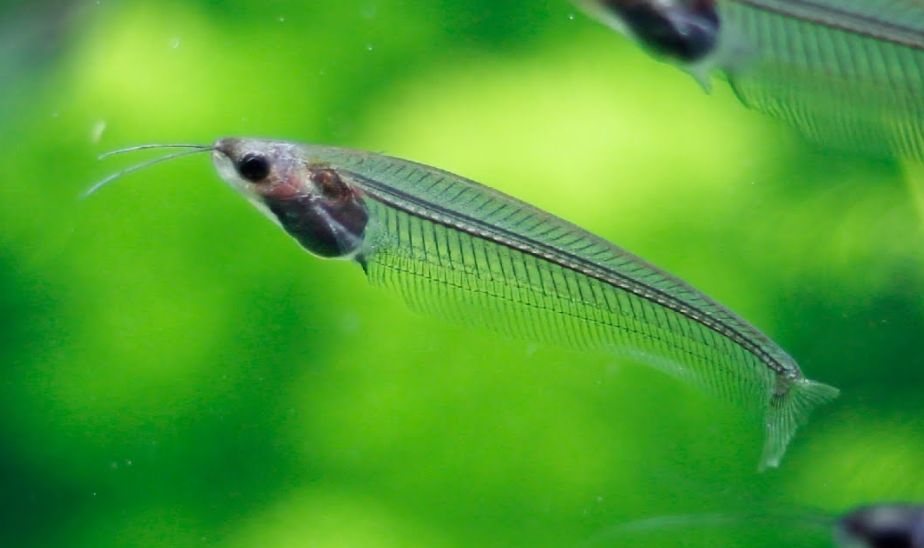
What is Blackwater?
Blackwater is not dark because of “tannic acid”. “Tannic acid” is a term which hobbyists (and some researchers!) use when they technically mean a “tannin”. Tannins are polyphenolic organic acids found in certain plants like oaks and redwoods. There are probably several thousand “species” and variations of tannins.
Blackwater is is dark due to humic and fulvic acids. Humic and fulvic are generic names for literally trillions of types of black and brown phenol containing organic acids which come about when plant matter decomposes. A better term for both humic acid and fulvic acid is “humic substances”. Black Kow composted cow manure is largely black humic substances.
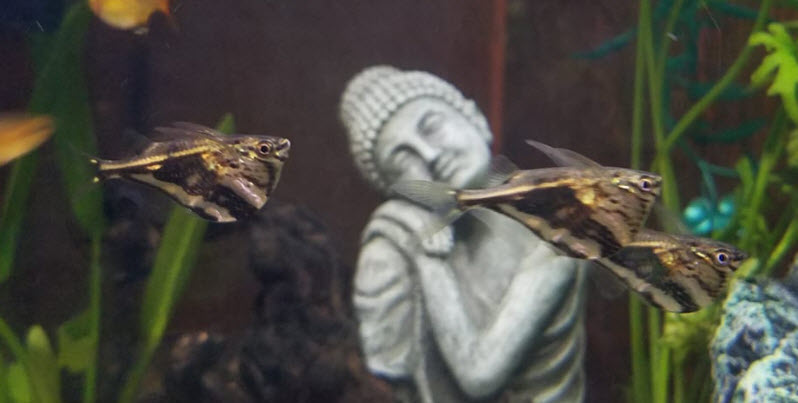
Blackwater is very salt free. Bacteria need some salt so there are extremely low bacteria counts in blackwater. Bacteria are largely responsible for reducing organic compounds to carbon dioxide and water. Because there are no bacteria the breakdown of organics substances goes to humic substances instead of carbon dioxide and water. In turn, because there are no bacteria in the native waters of blackwater fish, the immune systems are not very robust genetically and typically can’t fight off large numbers of bacteria in the water column.
Just for the record, humic substances are harmless to bacteria and even tannic acid has to be in incredibly high concentrations (>2,000 ppm) to kill bacteria. Note tannic acid can negatively affect fish at 40 ppm. This topic is explored in more depth in this link:
12.4.1. “Natural” Medications
.
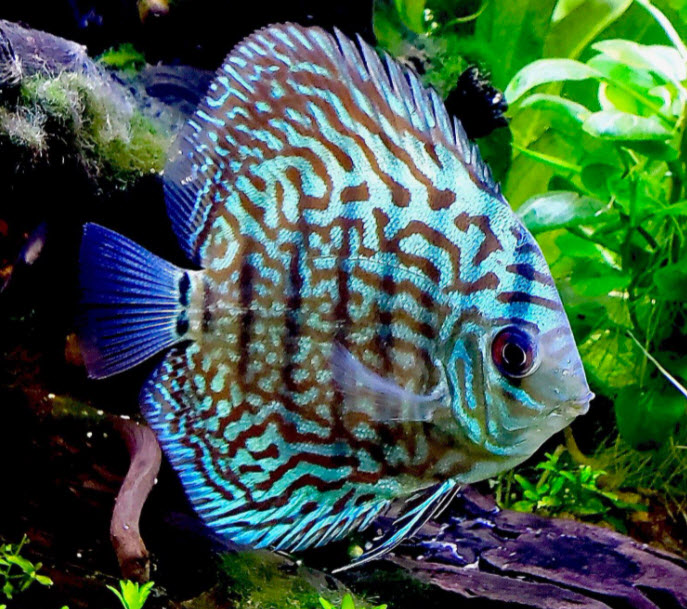
The Bacteria-Free Requirement
Fish that originate in blackwater are typically more difficult to keep than other fish. The blackwater fish from South America seem to be especially sensitive. Blackwater fish have genetics which gives them a deficient immune system response to bacteria in the water. Blackwater fish can easily die when they are put in water which is laden with too high of levels of bacteria.
Fish like rummy noses and neons tend to die rapidly in aquariums. So various well meaning YouTube video makers ascribe all sorts of “reasons” as to why they are so fragile:
- They have been bred in such large quantities that they have a lot of diseases
- They are inbred
- They are overcrowded in their breeding tanks
- They need soft acid water
These video makers are simply wrong. None of these “reasons” are valid.
Blackwater fish tend to be difficult because of long line of factors:
- The blackwater rivers have little in the way of sodium, potassium, calcium and magnesium salts
- Because of the low level of salts, bacteria can’t thrive in the water column.
- Because of the low level of bacteria in the water the immune system of the fish doesn’t need to be very robust.
- So when blackwater fish are presented with high levels of bacteria in the water they succumb to diseases, often quite rapidly.
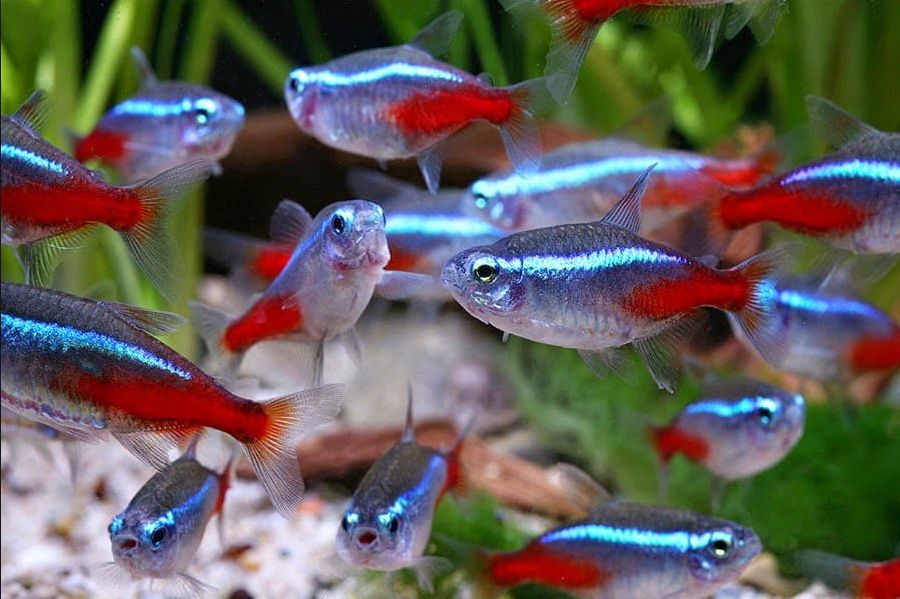
Blackwater Fish Species
Thousands of beginning hobbyists who have bought neon tetras for their starter aquarium have had them die within a few days to a few months.
.
Neon tetras are not a fish for beginners and new aquariums!
.
They are from blackwater and do best in very clean, bacteria-free water. To see what happens when neon tetras are put in a new aquarium click on this link:
11.12. Neon Diseases
Rams, Acara, Uaru, Severums, apistos, neons, brightly colored tetras, cardinals, rummy noses, pencilfish and hatchet fish are from the blackwaters of Northern South America. If a corydora species originated in the blackwater it is a sensitive fish (most corydoras are white water Amazon fish and not so sensitive).
Glass catfish, loaches, barbed sharks, the small rasboras, and flying fox are found in blackwater in southeast Asia. While they are not as sensitive as the South American blackwater fish they are still somewhat difficult.
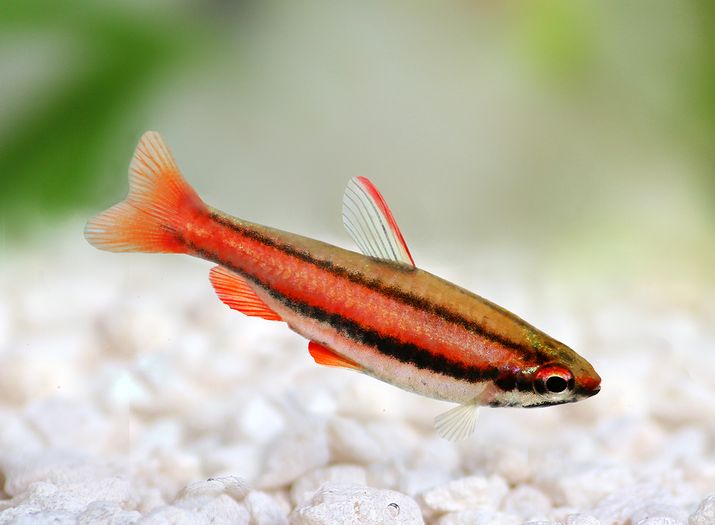
Beginners often put clown loaches into a new tank and then come on social media and say the clown loaches all got ich and died. They then ask why none of their other fish got sick and died. The answer is that loaches are a blackwater fish and need very bacteria free water. The loaches got a bacterial infection followed with secondary epistylis (which looks like ich) and died.
Note that while discus are technically mainly descended from species which live in the white waters of the Amazon (there is some debate about this topic), they should definitely be treated as if they were the most sensitive of the blackwater fishes. This appears to be due to the fact that their skin mucus is different than most fish mucous. This makes them very sensitive to high bacteria count in the water. More can be found about discus at this link:
17.11. Discus
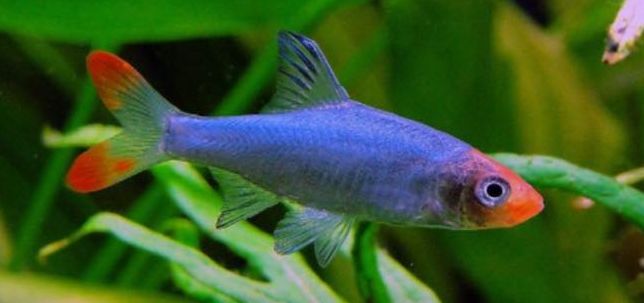
How to Keep Blackwater Fish
Bacteria free water is obtained by several factors:
- Over-filtration. Using a very good high surface area filter media in a large filter (preferably a sump but definitely not a hang-on-back filter) that gives over 100 square feet of surface area for every pound of fish.
- Having a filter which has been established and uncleaned for at least four months. This gets the build-up of beneficial brown gunk to the point where it can be effective.
- Adding a UV Unit. A UV unit will prevent bacteria from reproducing somewhat. But UV doesn’t remove dissolved organic compounds (DOCs) like biofiltration will. So UV should only be an adjunct to very good biofiltration.
- Using a very low salt content water like RO water. Bacteria have difficulty growing in low salt water. This is where the often heard comment of “Discus require RO water” comes from. Note that the water must be very low in salt (less than 50 TDS). Anything over 50 TDS and bacteria can flourish. We do NOT recommend this way of controlling bacteria as it is very easy to go too low and kill the fish.
It is difficult to understand and decidedly counter-intuitive that blackwater fish need a filter filled with “brown gunk”. How does having a lot of bacteria filled brown gunk result in bacteria free water? It would seem exactly the opposite would be true.
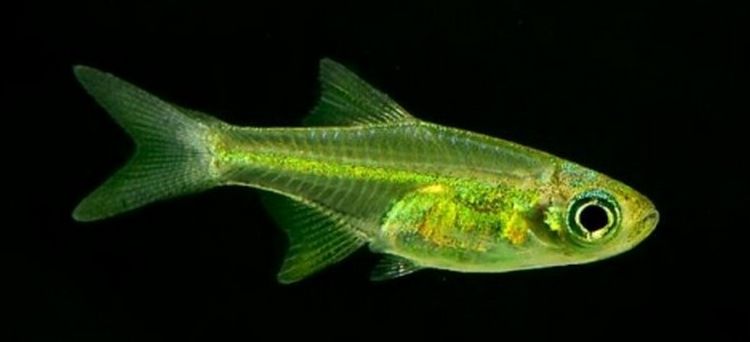
Think of it this way ….. there will be fish feces and uneaten food in any tank. This material will without fail feed bacterial growth somewhere in the tank. The question then becomes ….. do you want the bacteria in the water column or do you want the bacteria in brown gunk in the filter? It is far better for the fish for the bacteria to be in brown gunk in the filter.
This concept is better analyzed in this link:
6.2. Biofiltration
.
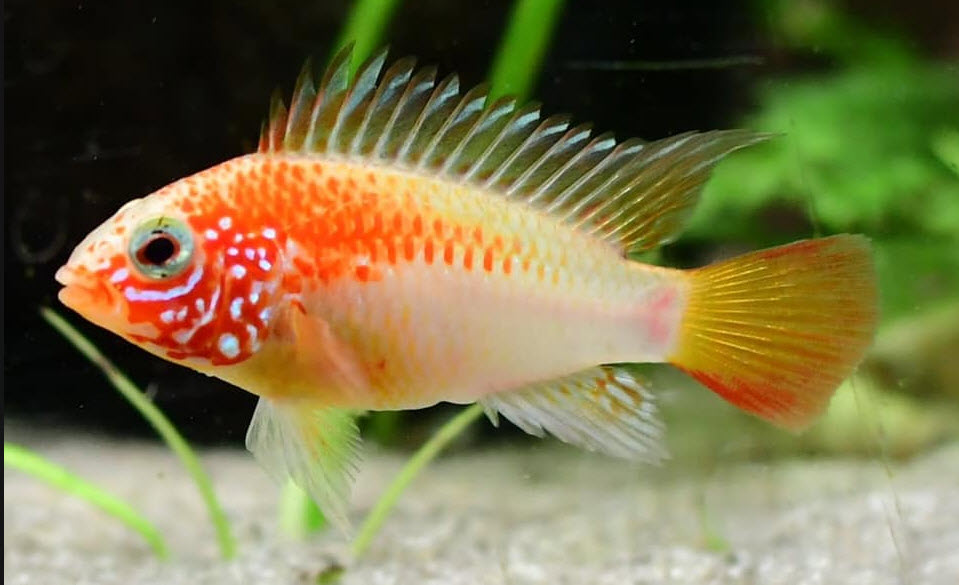
Hang-on-back Filters
Hang-on-back filters of any variety typically won’t cut it with blackwater fish. If you have a only a hang-on-back filter you MUST add some good biofiltration somewhere in your aquarium. A hang-on-back just doesn’t have the necessary biofiltration volume even if used properly. If the hang-on-back is a cartridge and the cartridge is being changed or cleaned on week to month schedule there will literally be no biofiltration.
If one wants blackwater fish and only has a hang-on-back filter one should add a good biofilter. That can be a sump, canister, two sponge filters or an under-gravel filter (yes, under-gravel filters are an excellent filter). Just let a lot of brown gunk build up in these biofilters and never thoroughly clean them and one will be just fine.
If is one has heard all the negative myths about under-gravels here is a link to an in-depth analysis of under-gravel filters and why they work so well:
8.5. Under-gravel Filters
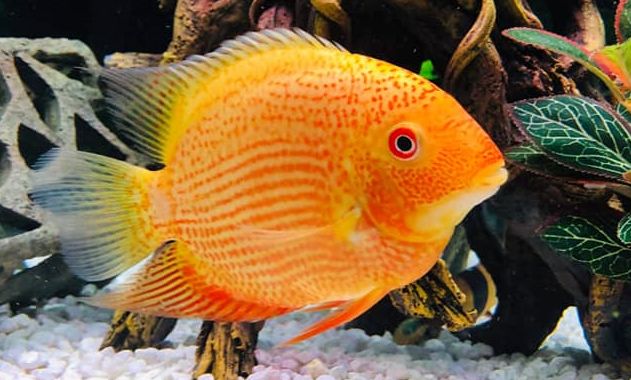
Poorly Filled Canister Filter
If you have a canister but it is filled with the media that came with it, like bioballs, Matrix, Biohome, ceramic rings and/or lava rock, it is a poor biofilter and won’t make the cut with blackwater fish. One needs to change the media to something like foam, pot scrubbers or static K1 media. These media have much more surface area and have been proven by actual testing to give much better biofiltration than the “normal” media. Here is a link to more about this topic:
7.1.3. Test of Filter Media
.
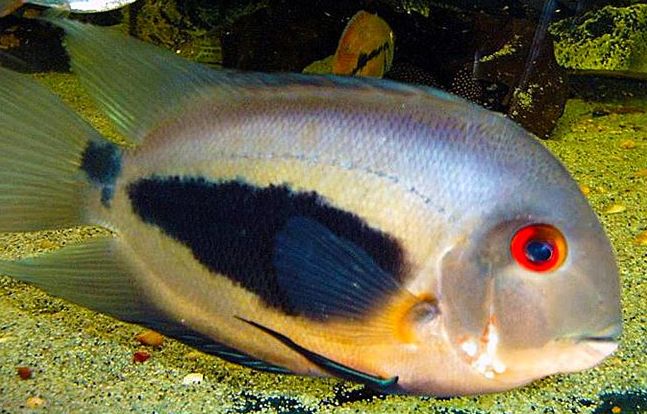
Over Cleaning the Filter
If you are cleaning your biofilter media thoroughly more than once every four months to a year, you need to stop in order to keep blackwater fish. The brown gunk in the filter is good beneficial bacteria and shouldn’t be cleaned until the flow noticeably slows. Actual testing of a sponge filter confirmed that a thorough cleaning is a very bad thing to do to a filter. Click on the following link for some interesting test data:
6.8. Thorough Cleaning
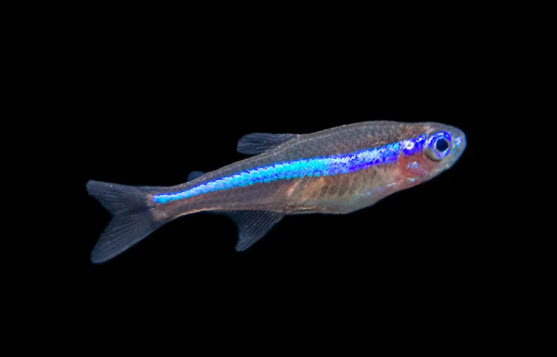
UV Sterilization
UV sterilization is an excellent option with blackwater fish. It kills the bacteria in the water column without affecting the bacteria in the filter, which is exactly what one wants with blackwater fish. But it does not remove dissolved organic compounds (DOCs). Only good biofiltration removes DOCs. So UV should only be used as an adjunct to excellent biofiltration. Here is an article on UV sterilization:
14.1. UV Sterilization
.
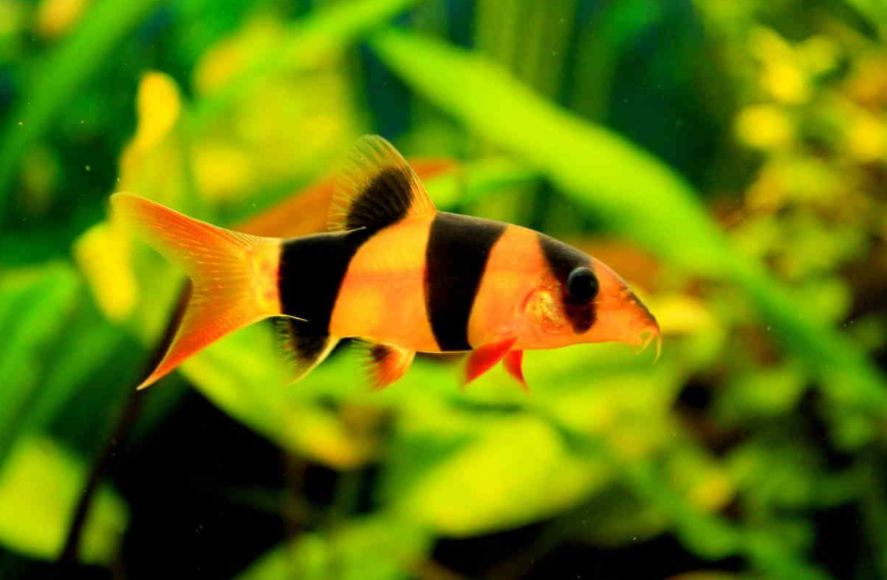
The Adaptability of Blackwater Fish
There is no reason to keep most blackwater fish (and shrimp) in acid water. Blackwater fish can easily be kept in water buffered to 7.6 to 8.3 pH with crushed coral or baking soda. They can do very well at that pH, contrary to popular myth. Indeed, I’ve seen discus in 8.3 pH water doing great.
The reason blackwater fish do well in hard water at a pH up to 8.5 has to do with salts, namely sodium, potassium, calcium and magnesium. Most fish in the world would die in the waters of the Rio Negro. They die because their bodies can’t prevent sodium, potassium, calcium and magnesium from leaching out of their bodies and into the blackwater, not because of the acidity. If one has an blackwater tank that has very soft water (technically a tank with less than 60 total dissolved solids or TDS) stock ONLY fish from blackwater.
Blackwater fish have special adaptations to deal with this low salt content. But blackwater fish do just fine in waters with more salts than the Rio Negro has. Water with moderate to even high amounts of sodium, potassium, calcium and magnesium, even with pHs up to 8.5, is fine for blackwater fish as long as the bacterial count is low (References on this subject include: “Ion transport, Osmoregulation, and Acid-Base Balance”, Marshall, et. al. 2006, and “Ionoregulation in Tropical Fishes from Ion-poor, Acidic Blackwaters”, Gonzalez, et. al. 2008).
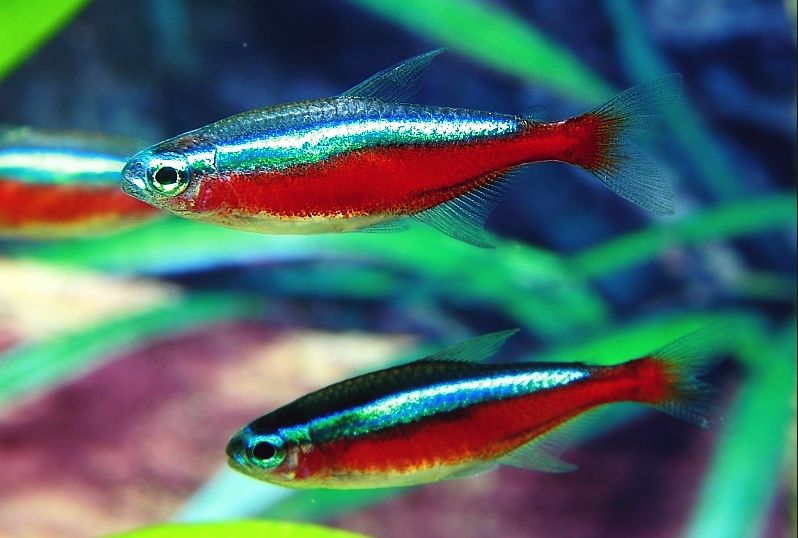
And, other than the bacteria free requirement, blackwater fish are NOT any more sensitive to water parameters than any other fish. They can take ammonia spikes, temperature variations, nitrite spikes and high nitrate levels just as well as any other fish. They do not need special food unless one is breeding them. They do not need some sort of “blackwater tonic” to thrive. If you are breeding them or if you are trying for show quality fish this all changes but that is true of many fish, not just blackwater fish.
It is important to note that bacteria count is logarithmic. “Dirty water” might be ten million bacteria per milliliter while “clean water” might be 10,000 bacteria per milliliter. Going from ten million to five million with a fifty percent water change is NOT going to do a lot for any fish. Contrary to popular mythology lots of water changes are NOT a panacea for aquarium fish. Over filtration IS a panacea.
The only way to judge bacteria levels is to look down the length of the tank at the water clarity. If it is crystal clear you have low levels of bacteria, “dull” water and you have moderate levels of bacteria, cloudy water and you have high levels of bacteria.
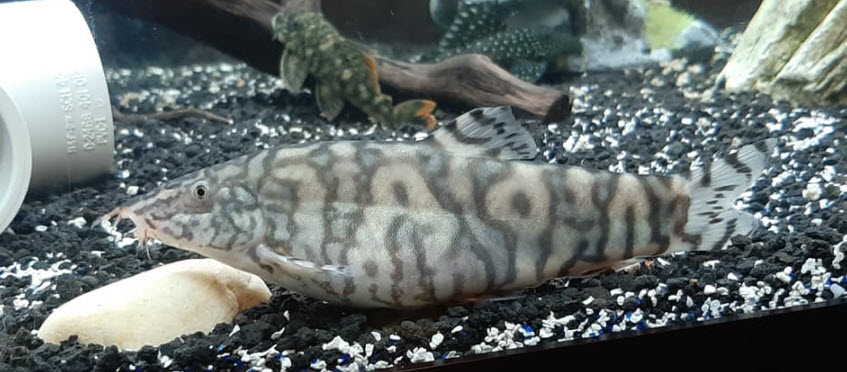
Note there is some controversy about whether or not Oscars are a blackwater fish. Oscars have been found in rivers in South America which are not blackwater. But whether these are natives or transplants is unknown. What is clear is that Oscars need very clean water, much like true blackwater fish.
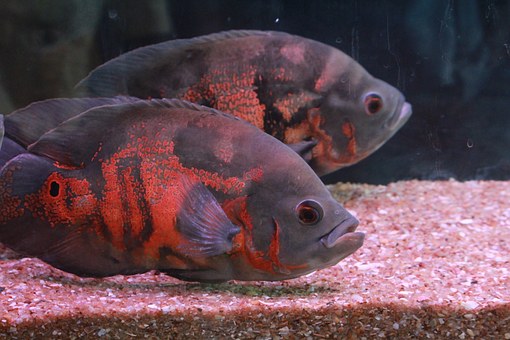
The author has been very successful keeping blackwater rams in the hard alkaline waters of Florida. The water needs to be extremely clean and typically is very over-filtered with a strong UV sterilizer. Bacteria free water is much more important than a perfect pH.
Note that there is some research which says some fish from blackwater breed optimally in a pH of 5.0 to 6.5. So if one wants to breed some blackwater fish keep that in mind.
There used to be a fish store in Venice Florida called “Father Fish”. He largely sold aquarium plants but had literally hundreds of aquariums filled with all sorts of freshwater fish in a mad jumble. For his freshwater he used reject water from his RO unit which he used to make his saltwater tanks up. Since he is in Venice (South Florida is all hard water) his water was undoubtedly very hard and alkaline.
And he was making it more hard by taking out RO water first. Yet he had all sorts of Amazon blackwater fish in with all sorts of African fish and all sorts of Asian fish. He had a lot of rams and appistos scattered through all his aquariums. He had very heavy stocking in all the tanks. His were some of the healthiest tanks I’ve ever seen. And he had been doing it this way for 20 years!
One thing should be noted here. Many “experts” on social media say that corydoras and other Amazon fish are sensitive to salt. This is simply a myth. A very well run study at the University of North Carolina proved that salt is not detrimental to corydoras (“Salt Tolerance in the Callichthyid Catfish (Corydoras aeneus)”, Murphy and Lewbart, 2003)
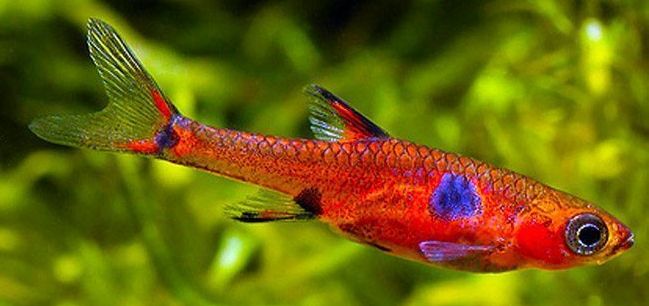
Schooling Fish
Most blackwater fish have very bright colors and are schooling fish. This is simply because in brown water it isn’t easy to find another fish to mate with. So the brighter the color and the more fish in a school the better the chances to mate. These bright colors make them very popular in the aquarium trade. But the schooling behavior means they need to be kept in groups of at least five. This includes the very popular clown loach and the kuhli loach. Loaches are schooling fish!
If schooling fish are kept alone or with only one or two of their species, then the fish will become very stressed. This stress will often play out as heavy duty aggression. Schooling fish like the serpea tetra can become killers if not in groups of at least six and preferably ten fish.
The exceptions to the schooling requirement are the various blackwater cichlids. The male cichlids tend to fight with any rivals and can be decidedly anti-social. Discus are a notable exception and do best when in schools of at least six.
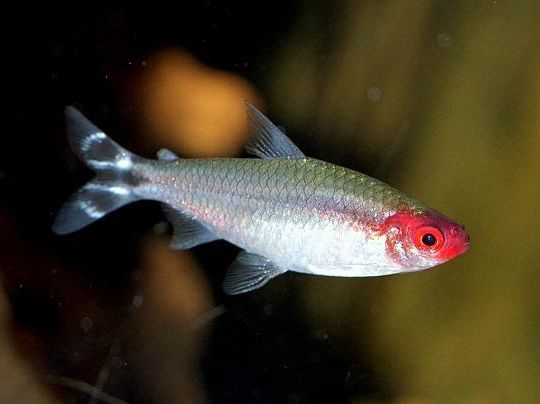
.
Return to Fish Selection Menu
.
Aquarium Science Website
The chapters shown below or on the right side in maroon lead to close to 400 articles on all aspects of keeping a freshwater aquarium. These articles have NO links to profit making sites and are thus unbiased in their recommendations, unlike all the for-profit sites you will find with Google. Bookmark and browse!
.

Earnest says
So I keep Walstad-style tanks with mild bio filtration and deadwood. 7cm substrate primarily garden ‘soil’.
My kuhli loaches seem to thrive, but there’s no way these tanks have a low bacteria load.
Any thoughts on that? Just luck? Are kuhlis an exception? (I also have good luck with Gouramis, but maybe that’s sourcing – this is the UK.) The only fish I have trouble with are otos. For whatever reason, there can be only one…
alan rich says
Your articles (and others) say that South American fish are pH and hardness adaptable and so do not require soft / acid water. However you (and others) go on to say that if you’re breeding or growing show-quality fish, their native soft / acid water is necessary. This implies that ***to achieve optimum health*** you need to follow nature’s design and use soft / acid water. Analogy: If I were abducted by aliens and put in an alien “human zoo”, and forced to live in a hot-tub, eat nothing but hamburgers, and drink nothing but Bud Lite …I’d not die in the immediate future. I’d do OK for a while. In fish-keeping, there are people who are OK if their fish look reasonably good and live a reasonable lifespan. In my opinion, this is not a good way to do it.
Dave says
In reply to Tom …. That is a very good plan. The FX4 should give you crystal clear water. Rams should be the last fish you add as they require the most mature aquarium. And you are correct on the UV being added AFTER cycling.
Tom Nichols says
David,
I am cycling my 75 gallon tank now and plan to add S American fish to it- Angelfish, Rams, tetras, Raphael catfish. Not sure those are all blackwater, but I figure crystal clear water can’t hurt any of them.
What fish would I start with? I have an FX4 filter filled with K1 media and I’ve added sponge with smaller holes around the outside of the sponge that comes with it. It’s rated for 250 gallons, so hoping that’s enough to provide crystal clear water. Oh, I’m also going to buy a UV sterilizer.
Once the cycle is done, I’d like to add some fish. I was thinking to add about 10 Green Fire tetra and a couple of Chocolate Spotted Raphael catfish at the beginning and then build from there. Is this a decent approach? Also, I’m thinking I should wait until AFTER the cycle to add the UV sterilizer?
thanks,
Tom
Dave says
In reply to Jose …. You are correct. One tray a week will do the trick.
Jose Roncero says
I have been using Seachem Matrix following the advice everywhere that it offers FAR more surface area than a sponge. I am shocked to read to the contrary in your blog, but you provide a compelling argument. Good thing that I kept the 3 sponges and 2 bags of Hel-x, media provided with my OaSE Biomaster 600!
Since the bacteria have already colonized the Matrix, what is the best way to swap to the sponges without crashing the bacteria colony? This filter has 5 trays, so I suppose I can swap 1 tray with a new sponge once a week until I replace all 5? What would you recommend?
Thanks!
Dave says
In reply to Karim …. There are two distinct locations for bacteria: “Good bacteria” in the filter and “bad bacteria” in the water column. You want to maximize the first and minimize the second. This is why I emphasize surface area in the filter. The more surface area in the filter the more “good bacteria” and the less “bad bacteria”.
Karim says
Hi Mr. Aquarium Professional,
I am looking to buy an aquarium and blackwater aquarium seems very interesting, but maybe too difficult to maintain. The weird thing about blackwater aquariums, is that you say that the aquarium needs to have very low bacteria level for the fish to thrive. But the one thing you don’t want to have in an aquarium is ammonium (stemming from waste) – which is poisonous to all fish. So in order to eliminate ammonium you need plants that can break the ammonium down to nitrites, but you can’t do that without bacteria. So how do you keep bacteria levels low if you need them to essentially remove the waste in the aquarium? Thanks in advance for your input
Dave says
In reply to anonymous …. Only way to judge bacteria levels is to look down the length of the tank at the water clarity. If it is crystal clear you have low levels of bacteria, “dull” water and you have moderate levels of bacteria, cloudy and you have high levels.
Anonymous says
How do you check for bacteria levles